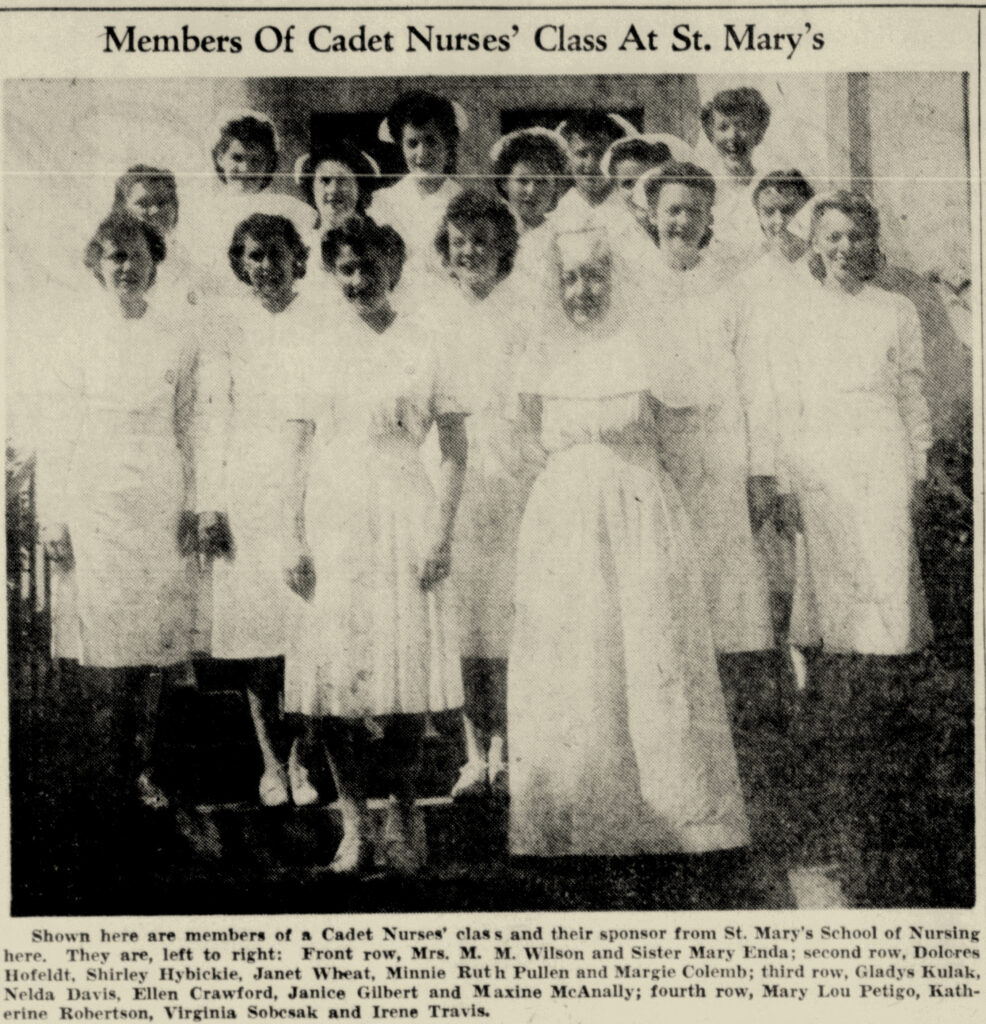
Someone wrote a book called 100 Things to Do in Beaumont Before You Die. My first thought was, “That’s nice,” but I can get this kind of information at most museums and attractions in our area. The Beaumont Conventions & Visitors Bureau has a website that offers this information for free. So, why the book? Who is the audience? And who wrote it?
I learned a lot about people’s thoughts about Beaumont from my covert operations regarding the USS Texas. At the time, they were looking at which city should host it. Everyone dismissed Beaumont as a drive-through city and wasn’t cordial about it. I have the audio! I believe 秋山 優花里 Akiyama Yukari would have been proud of me and my shenanigans, but I digress! We know many visitors frequent both the Museum of the Gulf Coast in Port Arthur and Spindletop Gladys City Boomtown Museum in Beaumont. Some of them are international. Not the numbers that the USS Texas needs to stay afloat, but the numbers are good (but not that good to vacation here unless you fish).
The book’s author is Lauren Monitz, a freelance journalist who has moved to Beaumont. She’s written other books like this one and has a travel blog called The Down Lo. Let’s just say that her travels are global, as is her following. Her Instagram rocks about 101,000 followers (and I didn’t even see one cat video). It’s obvious that she wrote the book because she saw a lot of good things in this area and wanted to spread the word. Kudos to her for this. I’ll leave a link to her blog below.
Regarding the USS Texas, there is no certainty that the foundation will moor it to Pier 21 in Galveston next to the Elissa. Is Tilman Fertitta getting cold feet? Probably not. The problem may be similar to that of Beaumont hosting it. There are restrictions in the waterways that may have to get Congress involved, and we already have too much incompetence in politics. I know the ship needs 250,000 paid visitors a year to break even, so the foundation wanted it in Galveston. If not Galveston, then where? Corpus Christi is not in the mix, and that is interesting because they know how to take care of museum ships. I’m sure it will end up somewhere on Galveston Island, but I wonder about the repairs needed in 30 years due to the salt water. The state of Texas has given the foundation 35 million dollars to go away. Hopefully, there will be some sort of GoFundMe page in 2053 to crowdfund the repairs.
Last Sunday, I took a drive down memory lane. I wanted to check Eddingston Court on Procter Street in Port Arthur. The site is privately owned now and fenced in, so I knew it would only be a drive-by. The structures haven’t changed much since the sale, but at least the grass is mowed, and Dionicio’s conch shell wall is intact behind a chain-link fence. This was a sight to see when it was built in 1929 by tugboat captain and businessman Ambrose Eddingston. One can only hope something will come of this property so that it can shine again.
I also noticed new construction next door at the old Pond Estate, at least along the road, but the land goes back to the Gulf Intracoastal Waterway. The Ponds owned Greenlawn Cemetery in Groves before selling it to the corporate entity known as Dignity Memorial, which is not question friendly unless you have your checkbook out. This is really sad because most of my family is buried there. Last year, as part of the Texas Historical Commission’s cemetery inventory project, I tried to get in touch with someone of substance at this Dignified Dog and Pony show. I needed to know if Johnson Cemetery is separate from Greenlawn. I know it used to be separate, but the goal of the inventory project was to answer questions about how many cemeteries were in a county. I still haven’t heard back from them. I will also add that the same company owns Forest Lawn in Beaumont. I asked them a similar question, and I did get an answer. The person on the other end of the phone wasn’t happy to talk to me, but at least I got an answer. I’ll just leave it there.
The old interurban office on Austin Avenue and the Adams Building were my next drive-bys down memory lane. I really hope they do this building proud! Kudos to Motiva!
Whenever I drive through Port Arthur, I am drawn to Ninth Avenue and the good memories of the area, but before reaching the memories, we stop at Saigon Market for sweet bread. Yes, I do miss Howard’s Grocery and JPOTS (Just Part of the Store), but I miss Alston’s Nursery even more. If you grew up in Port Arthur, and depending on how old you are, you will know this nursery by different names. Back in the day, it was Eagleson Nursery, then Norman Alston purchased it and spent many years selling the regular stuff, but you could always go in and purchase just one vegetable plant instead of a pack of six. Corporate Walmart failed in this case.
I had a good relationship with Norman. He was full of knowledge of the industry and had common sense. At the time, my neighbor Roy was also a frequent shopper at the nursery, and there was a certain rivalry between them concerning who could grow the biggest cabbage. Of course, Roy, who was born in Leesville, Louisiana, was to me the ultimate farmer. He educated me on many things, from growing red potatoes to changing all the gas lines in the house. Usually, they would compare produce, and the winner would usually be Norman. I did a write-up on Roy; I’ll leave the link at the bottom of this blog.
Of course, as I was surrounded by nurses during my life, I have to mention St. Mary’s Hospital. It’s now an empty lot, but the flagpole and a plaque memorializing its existence are still there. It’s sad for those who worked there and remember the place; the original building was mutilated by redevelopment and expansion. Even if they had wanted to, they could never have saved the original structure. I have a few photos of the front of the original building with the name on it.
Across the street from St. Mary’s Hospital, there was an apartment complex that was moved to the beach as rentals. The ’70s maybe? I have no idea if they are still standing. St. James Catholic Church and School was south of the hospital. I remember the five-story addition of the hospital being built in the ’70s. I also remember the cement circle where a few nuns would exercise by taking walks along it. Someone told me there was a building in the middle, but I didn’t follow up on this. And even after all this talk, penguins were not referenced.
I’ve previously mentioned on the blog why Ninth Avenue gets all curvy near the Bob Hope School, which was once the Hughen School. The interurban depot stood in the middle of two dead-end roads. After 1932, I guess people figured out that this spot would make a good shortcut over the tracks, or it’s possible that the shortcut began during the war in the ’40s because almost no one had a car in this area in the ’30s. I know that the interurban tracks were removed and used for the war effort.
I didn’t mention Calvery Cemetery, where I also have family, nor my frequent visits to TG&Y across the street from the cemetery. I also didn’t mention Ace Hobby Shop on Twenty-Fifth Street, where I usually purchased World War II carrier models, and Gerald Schnieder’s store. Good times.
Occasionally, I like to drive through the old neighborhood on Nineteenth and Twentieth Streets, but things have changed. Some of my old neighbors and friends have gone, including the Tremonts, Myers, Duhons, Domacs, Fontenots, Romeros, Belangers, Les, Trans, Garcias, Broussards, and Boones. All good people. Some have moved on; others have moved up. I’ll end it here, but I do want to say that five-year-old me ate the perfect crabcake thanks to Mrs. Domac.
100 Thungs to do in Beaumont, TX Before You Die: https://www.reedypress.com/shop/100-things-to-do-in-beaumont-texas-before-you-die/
Lauren Monitz: https://www.instagram.com/lmonitz/
The Down Lo: https://thedownlo.com/
U.S.S. Texas: https://www.khou.com/article/news/local/battleship-texas-future-uncertain/285-4dc0930c-a758-48d3-8322-51ad9287e316
Interurban: https://www.rediscoveringsetx.com/2013/07/10/interurban-railway/
Old Roy: https://www.rediscoveringsetx.com/2012/07/24/remembering-roy/St. James School Photos:https://flic.kr/s/aHsjHbBt2P

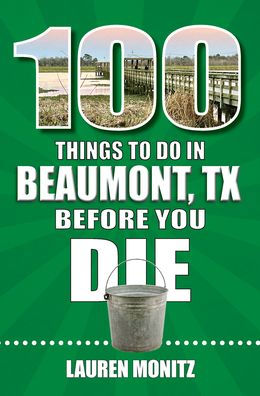

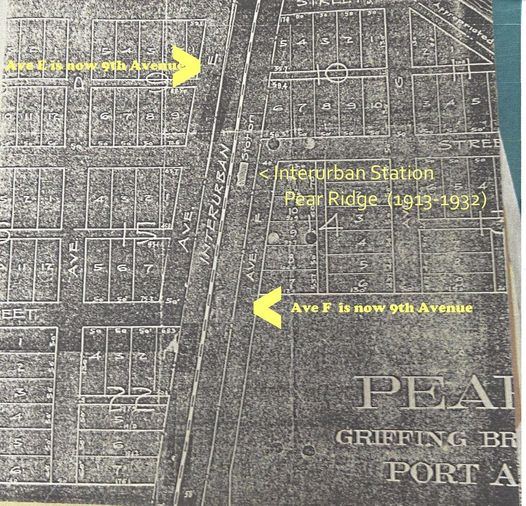
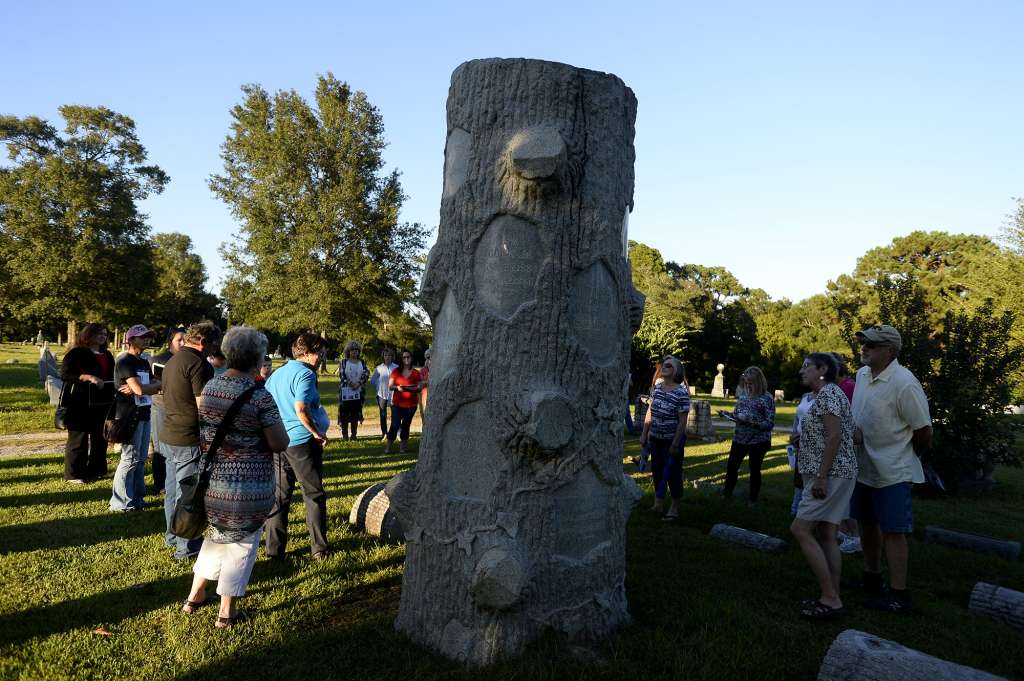
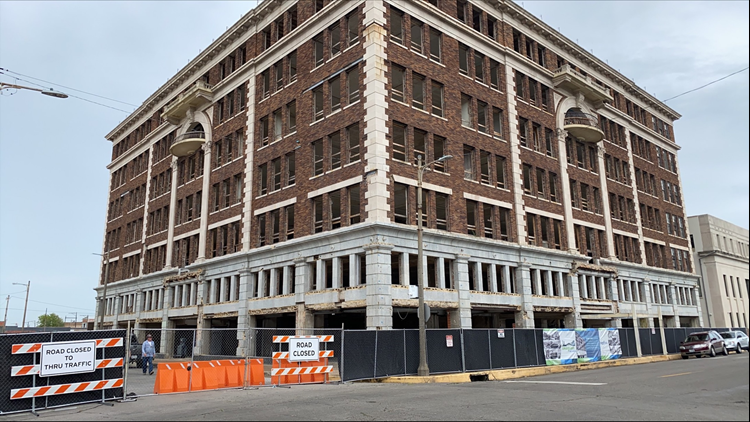
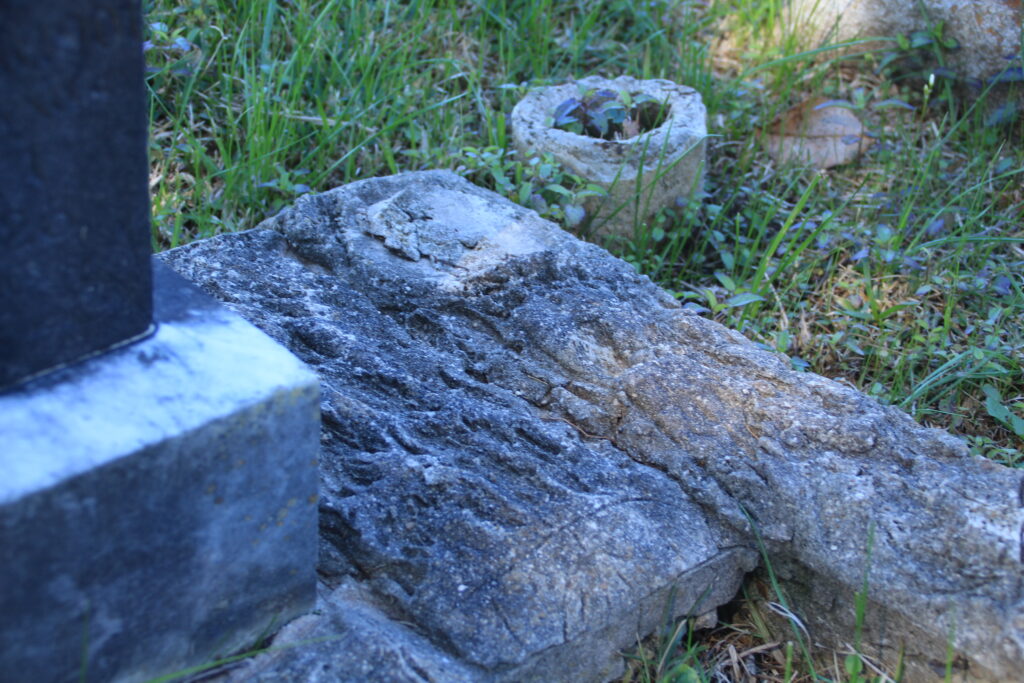
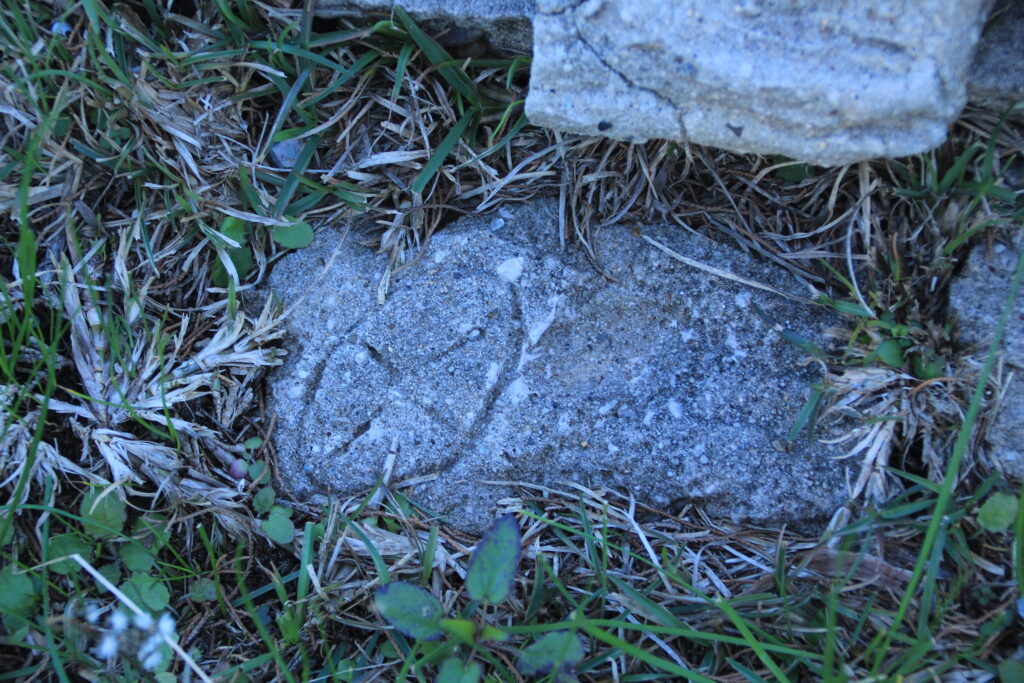
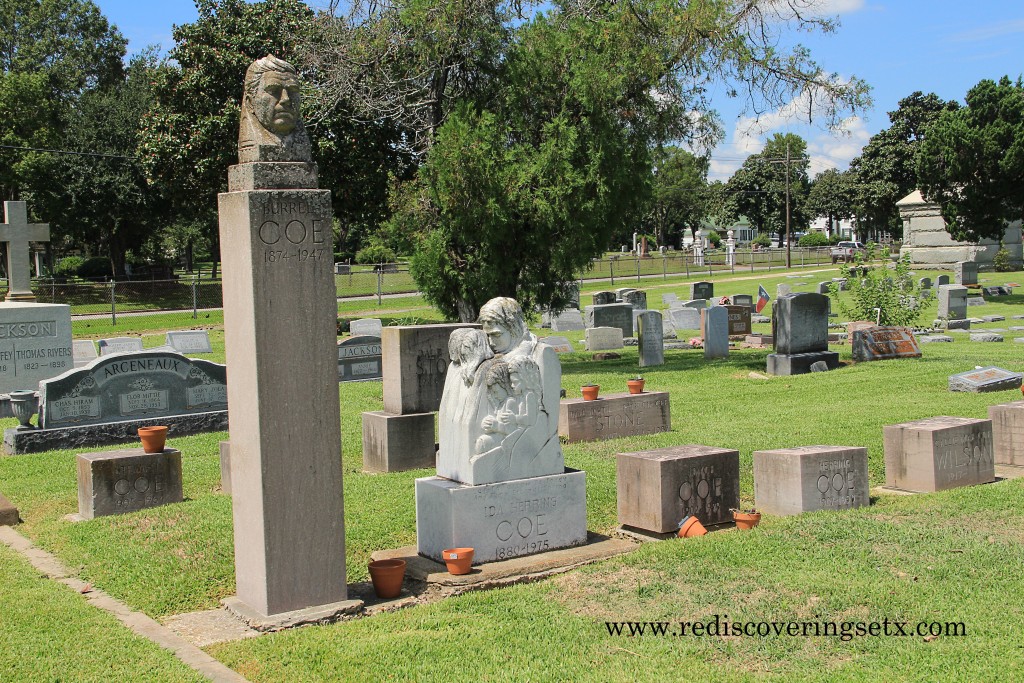
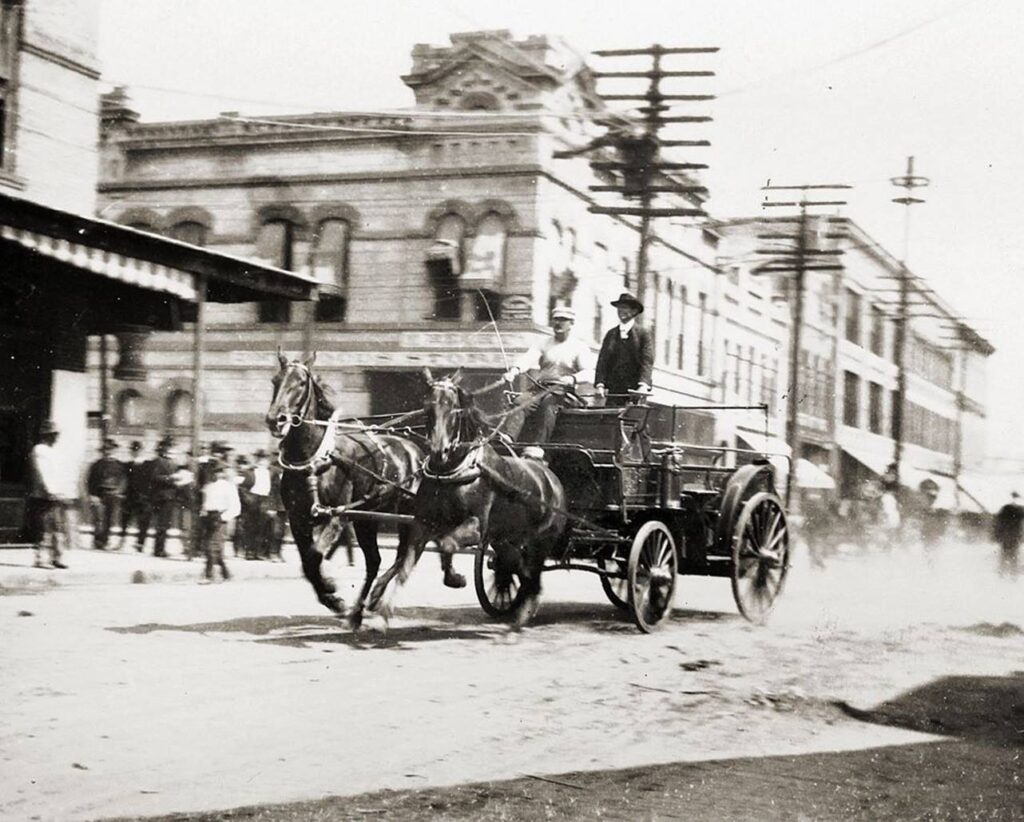
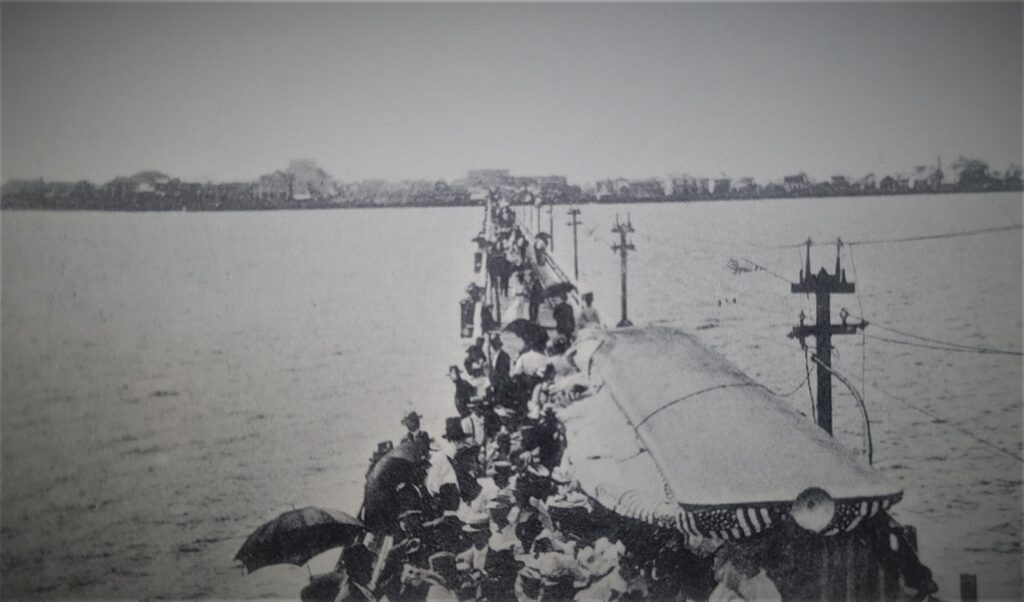
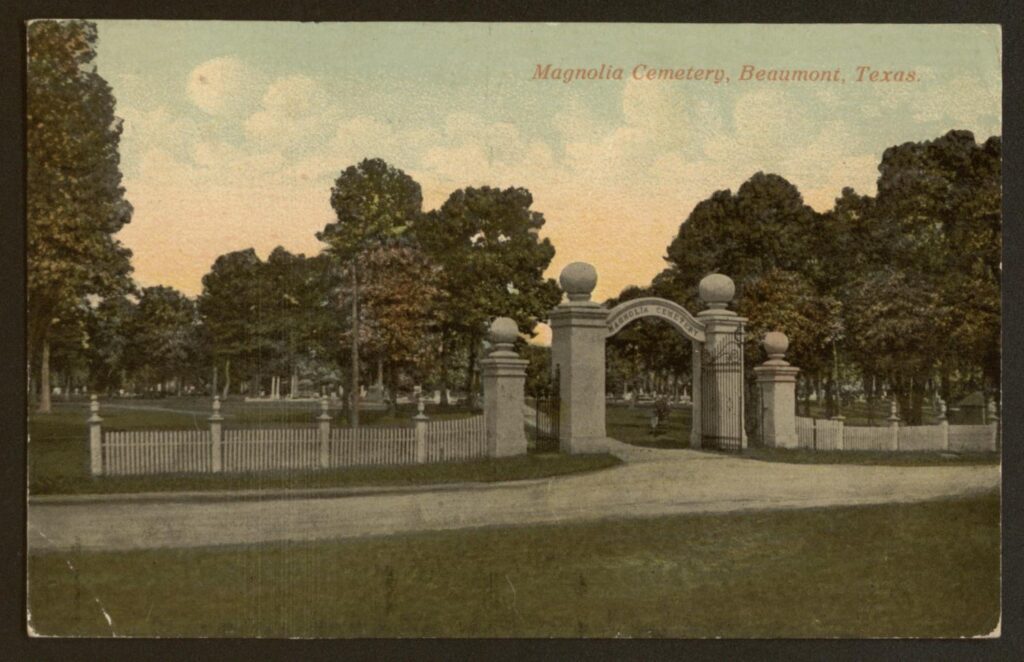
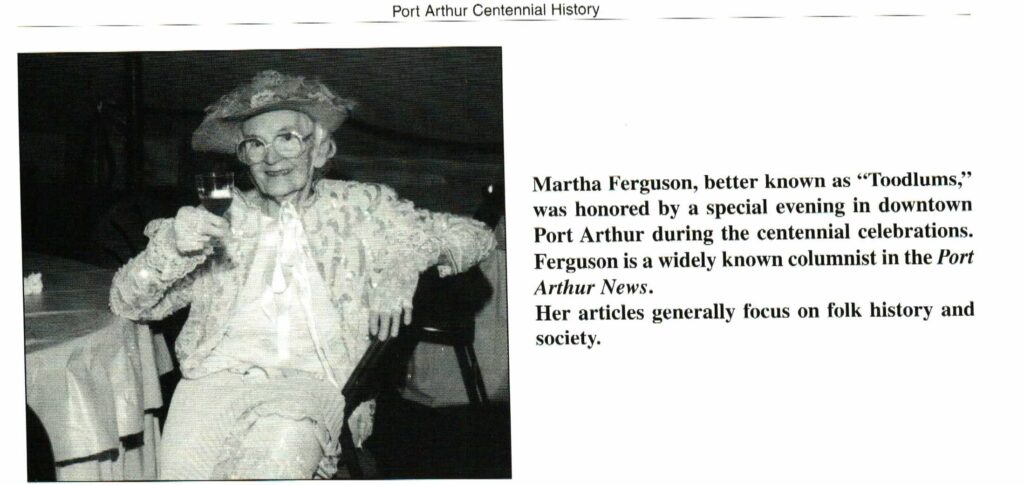
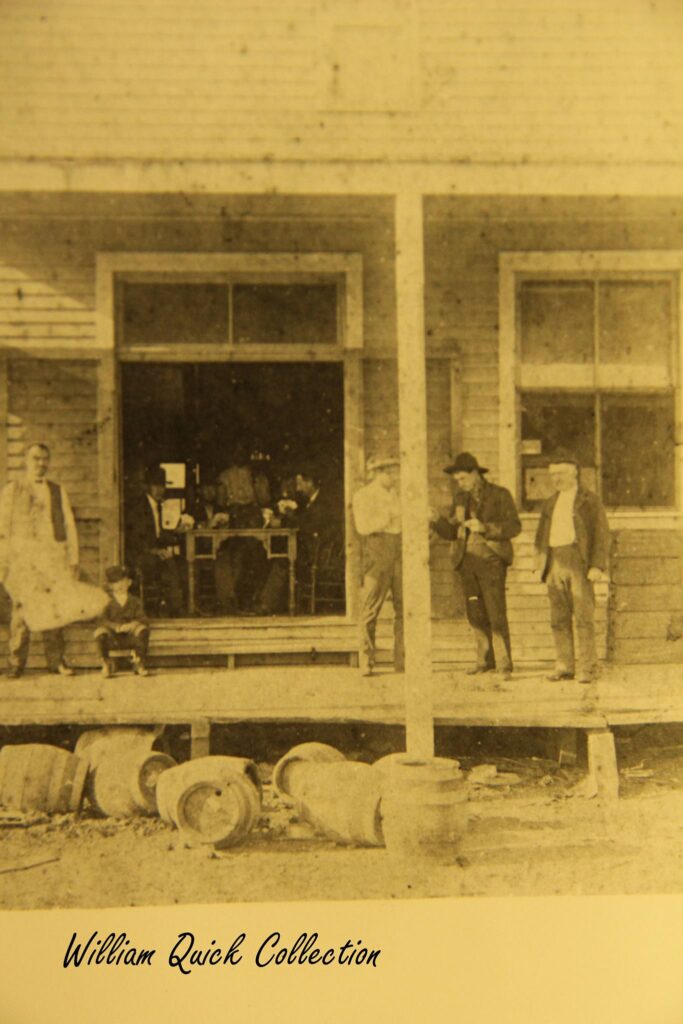
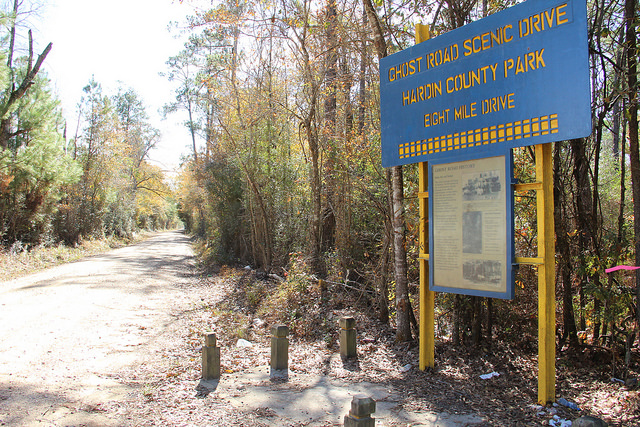


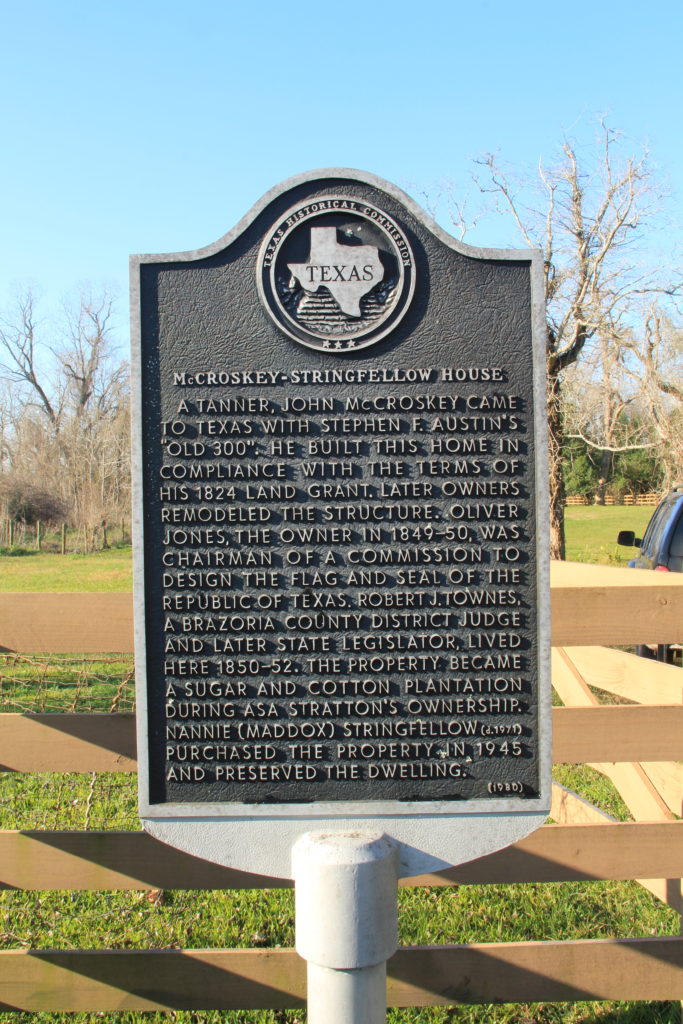
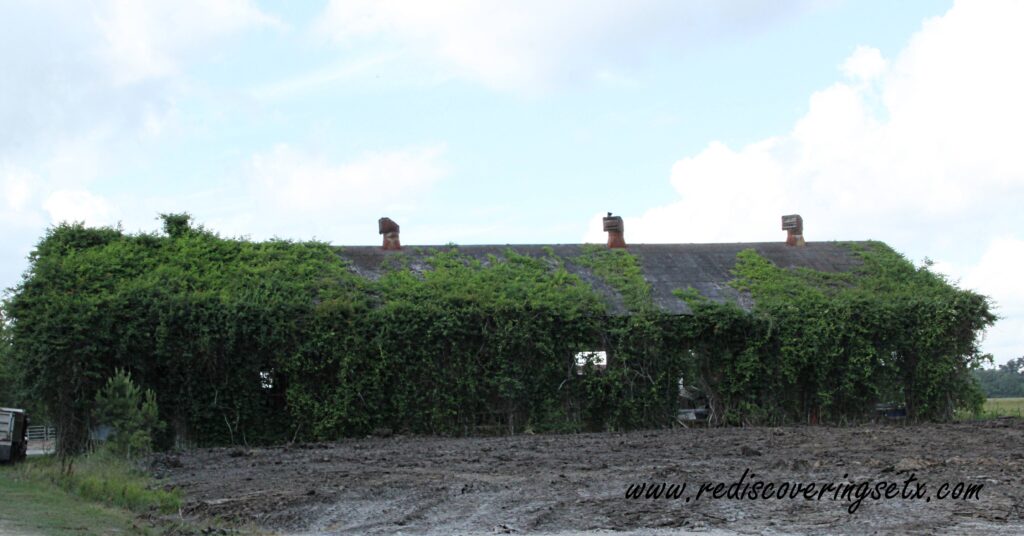
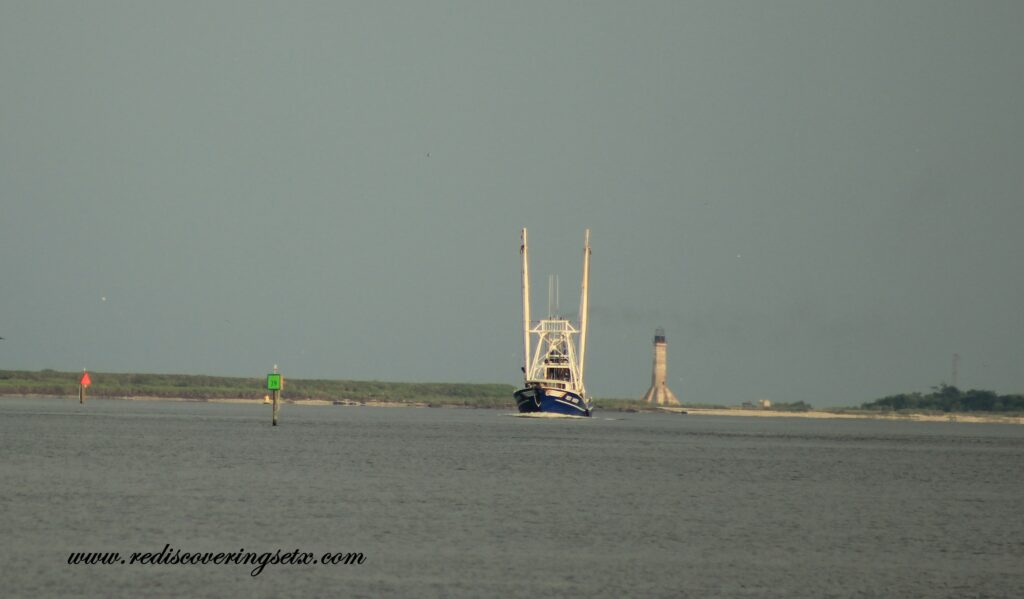
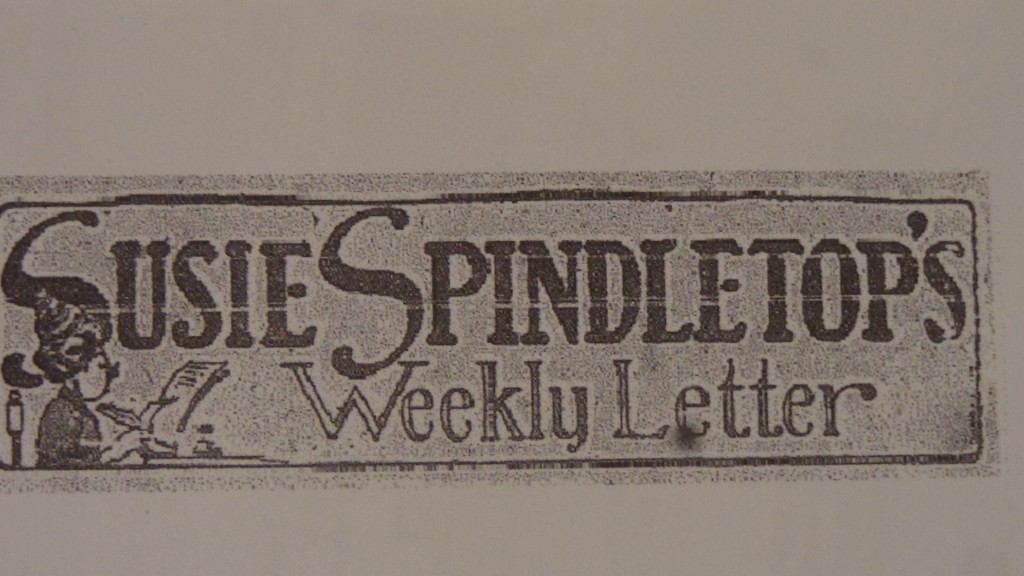
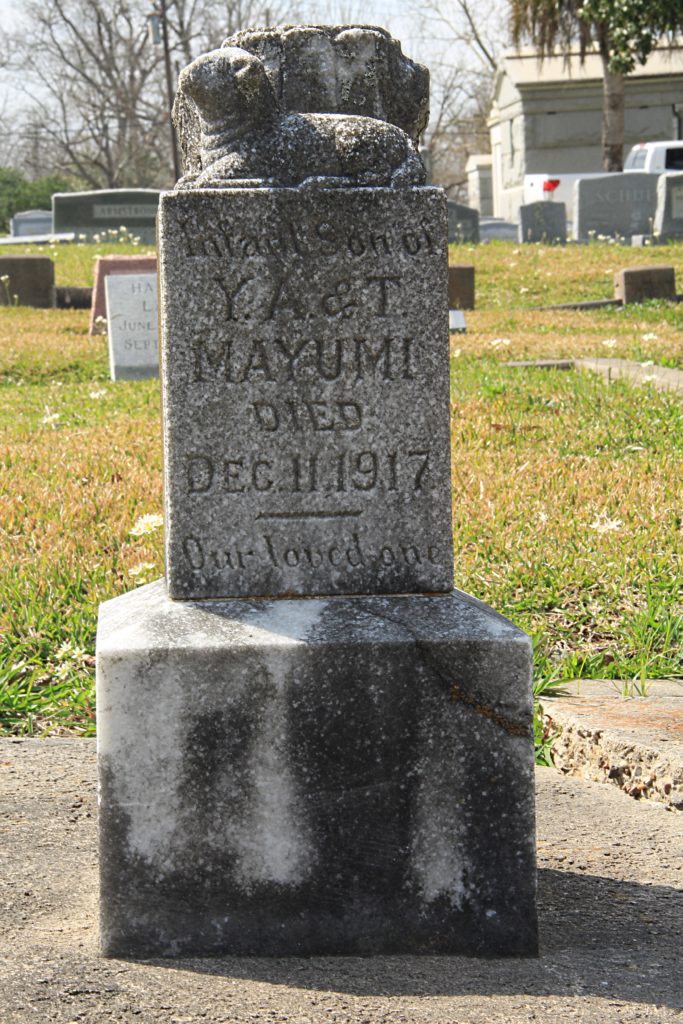
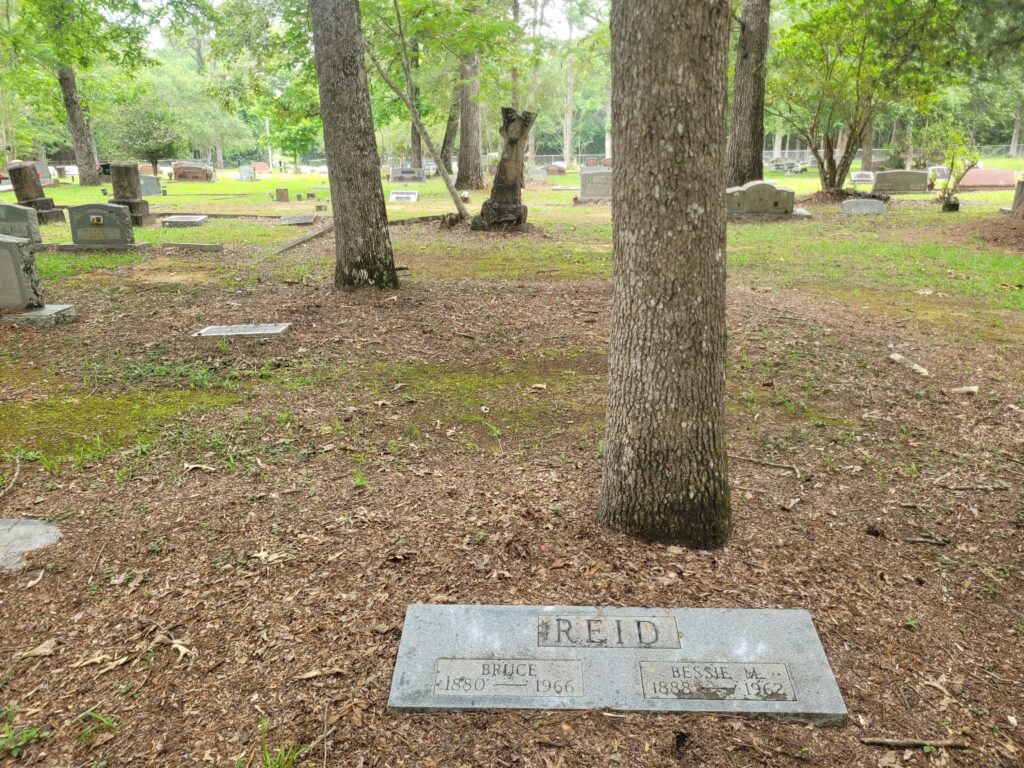
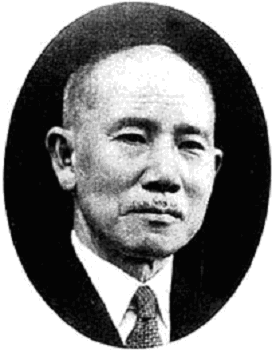
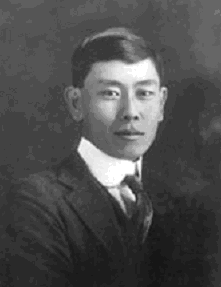
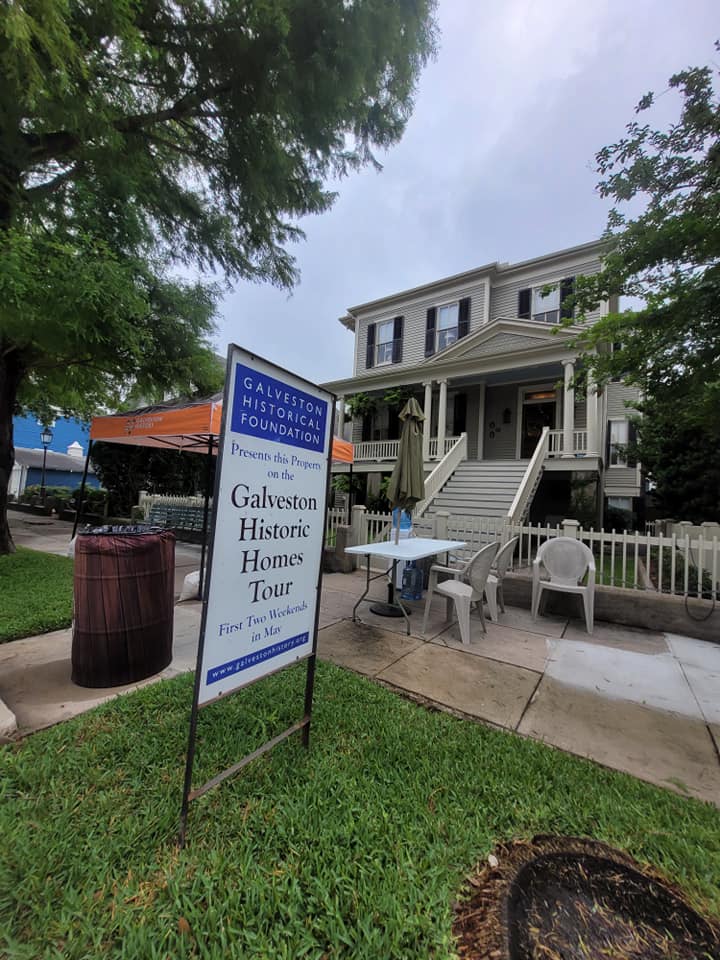
You must be logged in to post a comment.